5 Mid-Level Telescopes for Budding Astronomers
Jacques du Rand 2022-07-22
The absolutely extraordinary first batch of images captured by the James Webb telescope have inspired people to look up at and explore the stars again.
Now before you run out and buy just any old telescope, (or the cheapest one), you should know that not every telescope is the same, nor able to provide a good view of the planets and general space. As with various professional cameras, telescopes generally can be categorised into two categories: Reflective and Refractive.
We've rounded up affordable mid-range telescopes that will be well worth the buck.
But before we just give you a list of scopes, there are a few basics to know to make the best decision for you.
Reflective vs Refractive
The first thing to know about telescopes is this: There are two main and very distinctive types.
- Refraction based: Use lenses exactly like big binoculars: They can only enlarge to a short degree before the picture becomes fuzzy (Chromatic Aberration). Looks like long thin tubes, they are also usually the budget range.
- Reflective: Uses a big mirror at the back to "gather" the light and then focuses it on the lenses. Better than a refraction based telescope as it provides more detail in the picture and can "gather" or "focus" more light.
Reflective telescopes (also sometimes referred to as Dob or Dobsonian ) are most frequently listed/rated as 4", 6", 8", 12" ; which is the diameter of the mirror in the back.
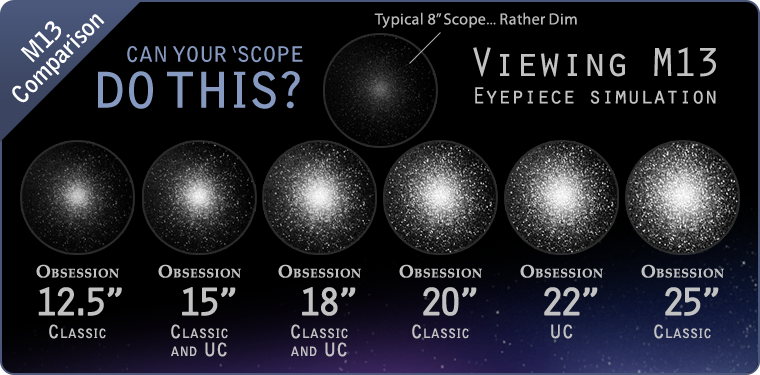 Same Galaxy viewed through different size telescopes (8" - 25")
Same Galaxy viewed through different size telescopes (8" - 25")
When trying to decide whether a refractor or reflector telescope is better, it's important to determine what you want to see. Refractor telescopes use specialised lenses that make them a favourite for space objects like galaxies and nebulae (when you buy the more expensive or top of the range telescopes in this range). Reflector telescopes are usually the better choice, since they can simply see more. They use mirrors that provide more sensitivity to all wavelengths (i.e. better visibility and picture quality).
Size
As with everything, yes, size really does matter.
When looking to buy a telescope you should look at girth size. 6 inches (15 cm) is probably the min you want.
A bigger radius means more light gathering capability and is the number one thing to look out for. This is also referred to as a light-bucket. The bigger the bucket, the more light (detail) you'll get.
Adapters & Filters
Don't be fooled by packages including lenses, filters and adapters. Most scopes you can get a camera adapter to take photos, and various filters to enhance your photos or star gazing.
You can even get infrared filters (like what James Webb telescope uses for its images - not at that scale of course though) to only allow infrared or other light on the Electromagnetic (EM) spectrum, but the way NASA does it is a little more precise.
5 Affordable Mid-Level Telescopes
Now that you know the basics to look for in telescopes, here is our list of 5 affordable mid-level telescopes to get you started.
-
Bresser Messier 6" Planetary Dobson Telescope
The telescope is an excellent choice and offers a variety of functions and quality despite its low cost. Observation of the moon, planets and planetary nebulae is particularly well possible. This is a telescope primarily for detailed observation. However, bright deep sky objects like the Orion Nebula or the galaxies Messier 81 and 82 etc. can also be observed.
Type: Reflector
Aperture/Diameter: 150 mm (6")
Price: R6,000
-
Skywatcher Explorer 130M
The SkyWatcher Explorer 130M Motorised Newtonian Reflector Telescope. This mid-range motorised option is accessible for beginners but with plenty of room to grow into, and delivers a lot for its reasonable price tag. There's a 900mm focal length, f/6.92 aperture and two eyepieces (10mm and 25mm), which will enable you to check out neighbouring planets or gaze into deep space.
Type: Reflector
Aperture/Diameter: 130mm (5.1")
Price: Around R6,000
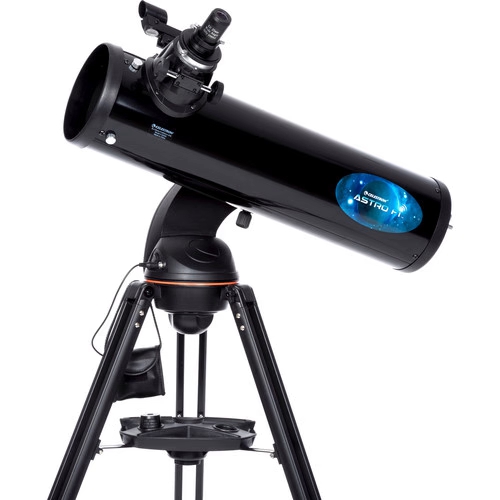
-
Celestron 22203 ASTROFI 130 Wireless
For a high tech stargazing solution that won't cost you an absolute fortune.This scope comes with integrated WiFi and is designed to be controlled with a phone or tablet, via Celestron's free SkyPortal app. Aiming to provide clear views of the Moon and the planets beyond, the Celestron 22203 AstroFi features a large 130mm lens and a field of view that's wide enough to take in even the largest deep-sky objects.
Type: Reflector
Aperture/Diameter: 130mm (5")
Price: R9,000
-
Celestron Omni XLT 102 Refractor Equatorial Telescope
A good contender in the refraction range, the Omni XLT presents an image with virtually no spherical aberration. Celestron also added their famous StarBright XLT coating system to further enhance light transmission. Great for viewing planets and stars.
Type: Refraction
Aperture/Diameter: 102 mm (4" )
Price: Around R 11,000
-
Celestron Nexstar 8se Compound Telescope
A high-end computerised version that does all the hard work for you. Type in what you're looking for and it will do the work for you. It has a large 8-inch aperture and good light-gathering ability, delivering a clear view of many deep space objects.
Type: Reflective
Aperture/Diameter: 203mm (8")
Price: now this one is not in the affordable budget, sitting at a hefty R28,000, but its 6-inch model counterparts are a little cheaper at R20,000.
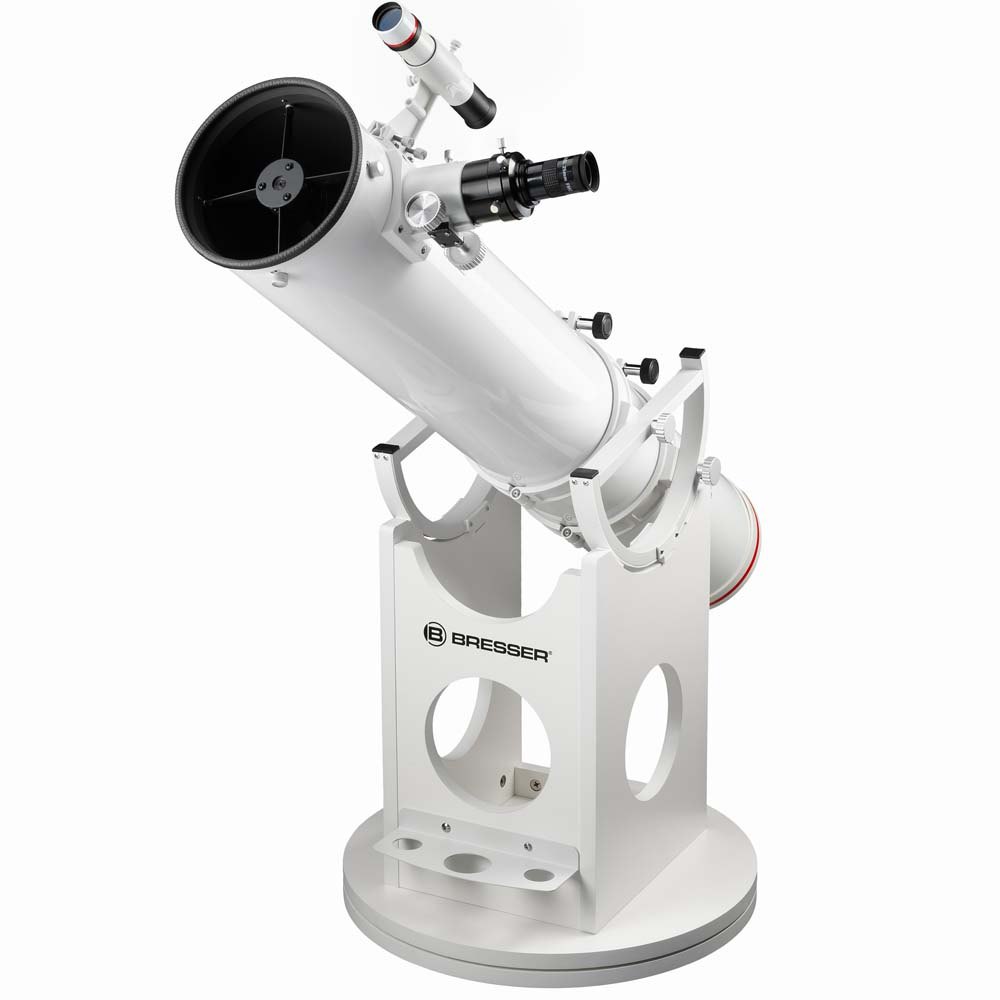
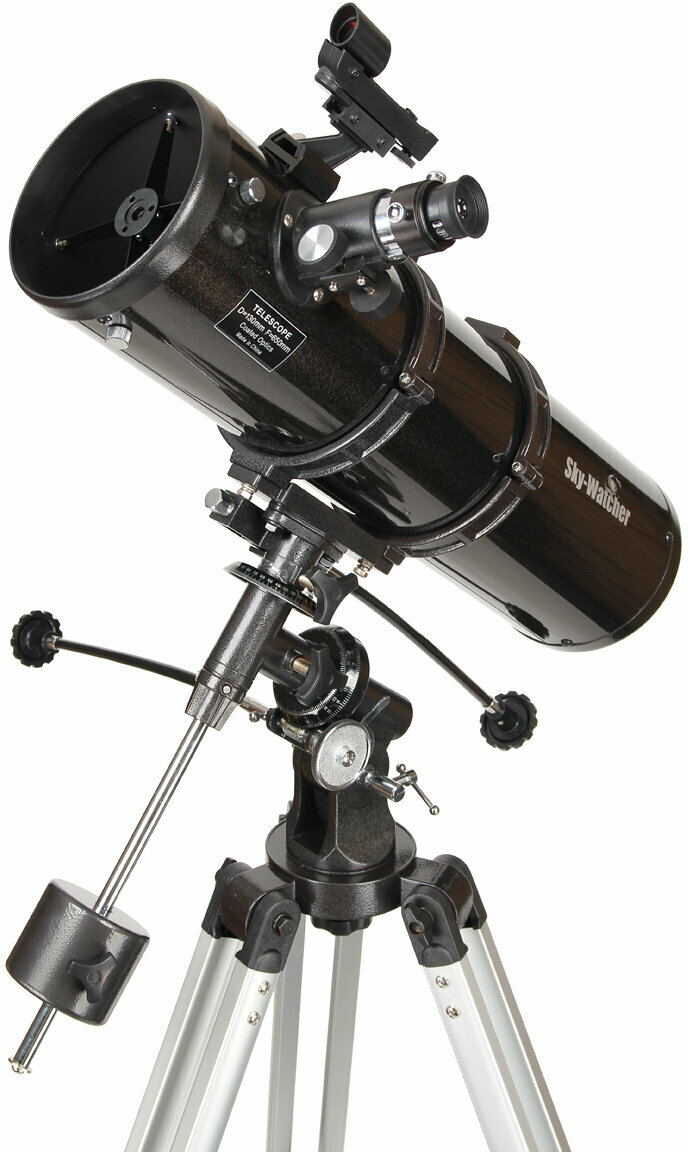
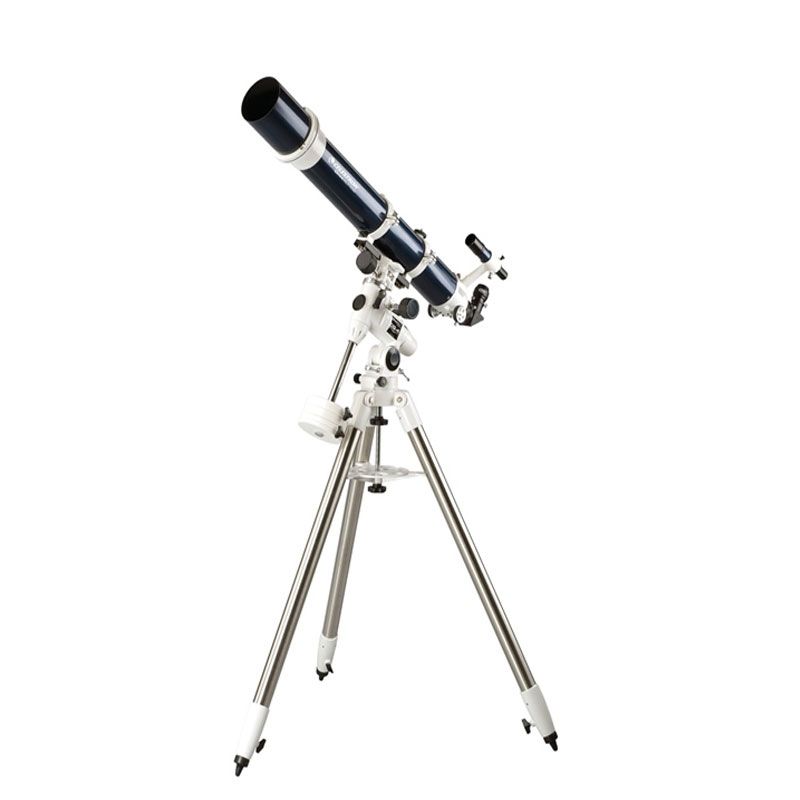
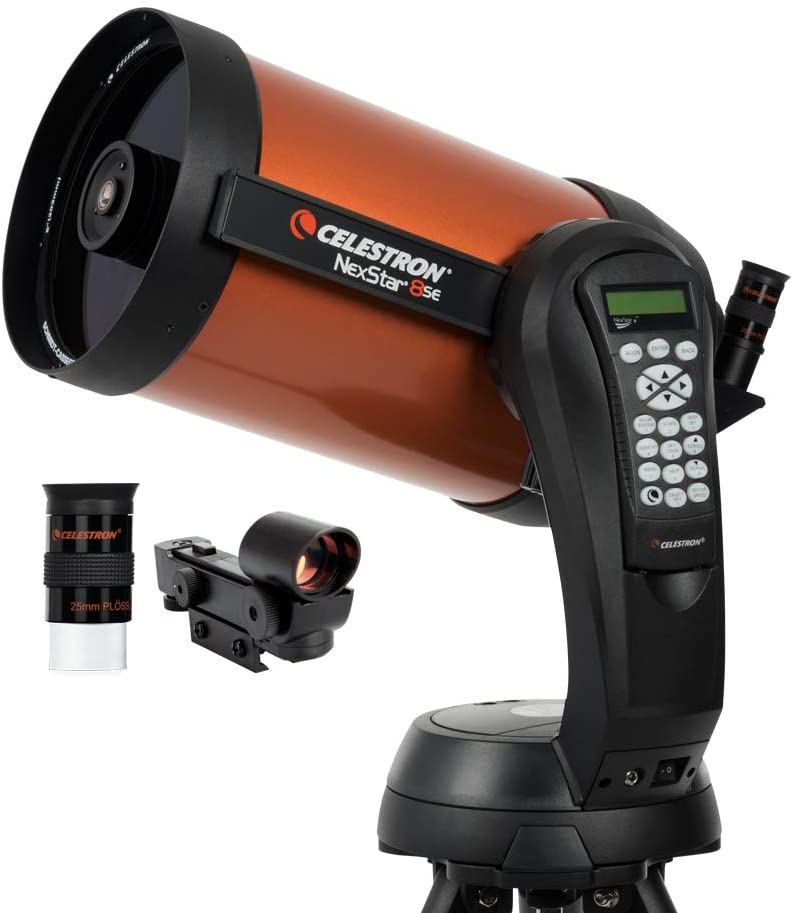
The New James Webb Scope
The James Webb Space Telescope is a space telescope designed primarily to conduct infrared (heat signatures) astronomy. As the largest optical telescope in space, its greatly improved infrared resolution and sensitivity allows it to view objects too old, distant, or faint for the Hubble Space Telescope.
To explain how the James Webb scope uses infrared, think about it like this: If a bee were to flap its wings on the moon (provided he survives) the heat that the wings of the bee generates will be seen by the James Webb scope on Earth.
This truly is some mind boggling stuff. Infrared is definitely the way to look/search for stuff, since "normal light" via the doppler effect shifts more to the red-side of the spectrum, therefore we lose a bit of the picture by not being able to "see" it all.
A Look Into The Past
When viewing stars and distant galaxies, sadly we're seeing glimpses of the past. Since the light that reaches our telescopes now has been travelling for millions of years. So what we see now really is what it looked like 100-200m years ago!
It's a little sad when we think about that. What has been and may be long gone by the time we "see" it.
BONUS: Space Telescope Galleries
Make sure you have the best fibre internet connection if you want to view these
telescope images in their full resolution and detail.
[1] (ESA) James Webb
[2]Top 100 - Space Telescope Images
[3]Hubble Images


